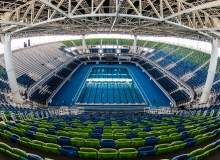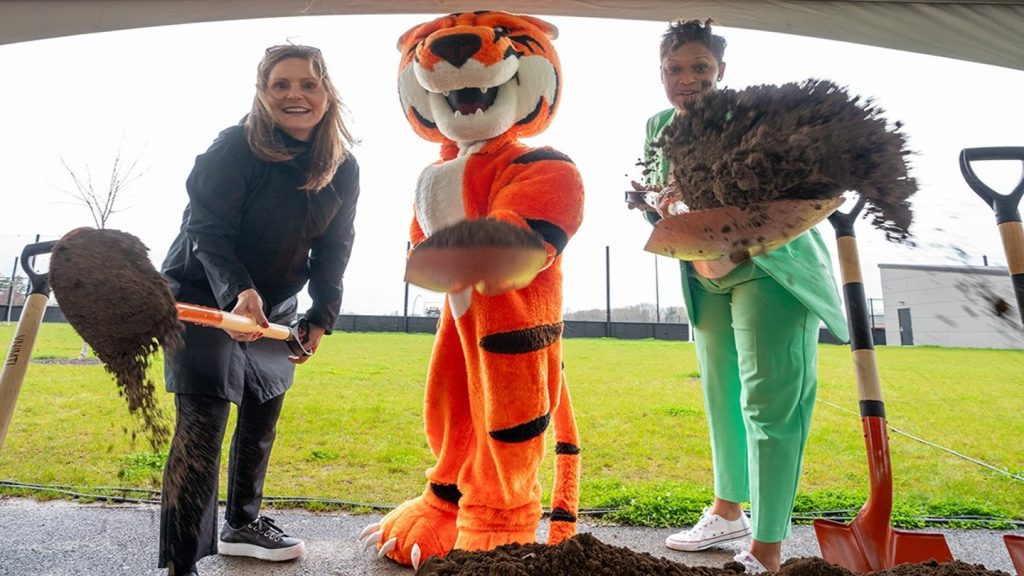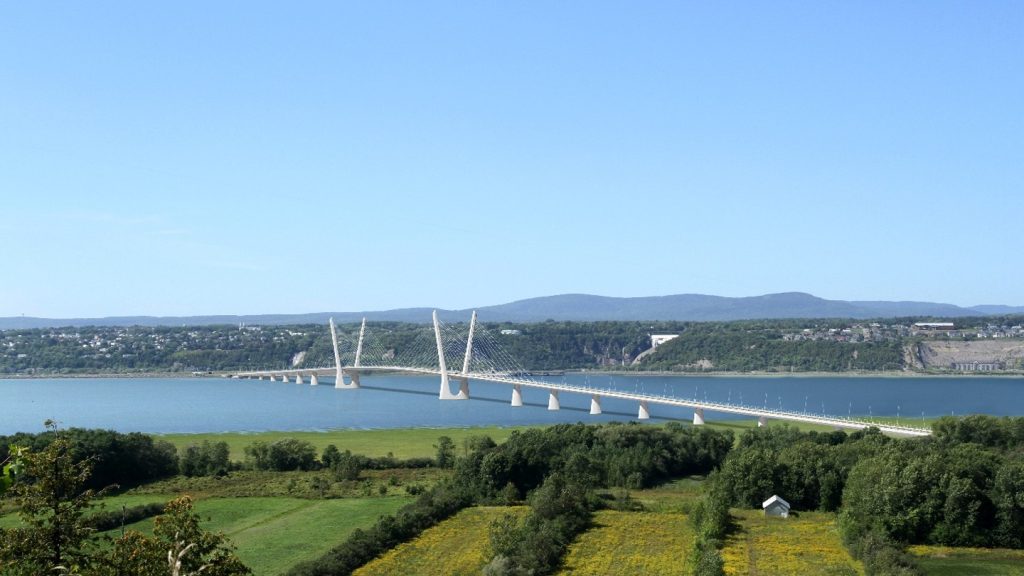
The months running up to the Summer Olympic Games are a nervy time for any host nation. Invariably, there are last-minute crises, labour and budgetary disputes, security concerns and debates over how infrastructure will handle the inevitable influx of people.
For Brazil, which will host the 31st Olympiad from 5 – 21 August, the pre-games tension is running unusually high. The Zika virus outbreak is making tourists and even press think twice about heading to host city Rio de Janeiro. Polluted water in two bays has been causing illness in athletes training for water events. Local ticket sales have reportedly been slow and anti-government sentiment in the Brazilian population is riding high in the wake of a deep recession and massive corruption scandal. The sporting world is also struggling to recover from a scandal of its own in the form of doping allegations against Russian athletes.
On top of these concerns there are the more common Olympic preparation issues with which to contend – chiefly ballooning budgets, construction delays and fears that failure to complete a new subway extension from Rio’s city centre to the Olympic Park will create chaos for the 300,000 fans who are expected to use the new service every day during the games.
Nevertheless, the construction of Rio de Janeiro’s new Olympic Park complex in the neighbourhood of Barra de Tijuca (commonly shortened to Barra) has proven to be a spot of light in the dark clouds hanging over Brazil’s hosting duties. The park, which will host more than a dozen Olympic events, is almost 100% complete according to event officials.
“Everything’s going to be ready on time,” Rio 2016’s head of venue management Gustavo Nascimento told CNN in early June. “We’re going to deliver the park fully commissioned [on] July 24 when we welcome the athletes for training.”
See Also:
In this special photo feature, we take a look at the original masterplan for the Olympic Park and tour some of the new arenas and facilities that will play host to athletes and visitors from around the world in August.
How well do you really know your competitors?
Access the most comprehensive Company Profiles on the market, powered by GlobalData. Save hours of research. Gain competitive edge.

Thank you!
Your download email will arrive shortly
Not ready to buy yet? Download a free sample
We are confident about the unique quality of our Company Profiles. However, we want you to make the most beneficial decision for your business, so we offer a free sample that you can download by submitting the below form
By GlobalData The Olympic Park is located in the neighbourhood of Barra de Tijuca in Rio de Janeiro’s West Zone. The site of the park was previously a Formula One circuit that hosted several Brazilian Grand Prix races in the 1980s.
The Olympic Park is located in the neighbourhood of Barra de Tijuca in Rio de Janeiro’s West Zone. The site of the park was previously a Formula One circuit that hosted several Brazilian Grand Prix races in the 1980s.
Barra is a well-heeled area of the city, and a relatively new neighbourhood, having been built in a Modernist architectural style around 30 years ago. The area’s masterplan was conceived by Brazilian architect and urban planner Lúcio Costa in 1969, with large boulevards providing transit axes.
 The winning masterplan for the Olympic Park was designed by multinational engineering firm Aecom in collaboration with local partner DG Architecture. The masterplan is intended to take advantage of the park’s dramatic setting on the edge of the Jacarepagua Lagoon with an open design that funnels visitors on to a central avenue.
The winning masterplan for the Olympic Park was designed by multinational engineering firm Aecom in collaboration with local partner DG Architecture. The masterplan is intended to take advantage of the park’s dramatic setting on the edge of the Jacarepagua Lagoon with an open design that funnels visitors on to a central avenue.
“The designs grew from the idea of a new urban ecology deeply rooted in the culture of Brazil,” said the project leader of Aecom’s Rio bid team Bill Hanway when the winning design was announced in 2011. “One of our strengths is the ability to draw from our broad expertise in masterplanning, sports architecture and landscape architecture to deliver a unique and contextual solution for the specific challenges in Rio.”
 An aerial shot of the Olympic Park taken in April 2016. The park consists of nine Olympic sporting venues, including seven permanent facilities. The arenas include the three conjoined Carioca Arenas (basketball, wrestling, judo, fencing, taekwondo), Future Arena (handball), Maria Lenk Aquatics Centre (diving, synchronised swimming, water polo), Olympic Aquatics Stadium (swimming), Olympic Tennis Centre (tennis), Rio Olympic Arena (gymnastics) and Rio Olympic Velodrome (track cycling).
An aerial shot of the Olympic Park taken in April 2016. The park consists of nine Olympic sporting venues, including seven permanent facilities. The arenas include the three conjoined Carioca Arenas (basketball, wrestling, judo, fencing, taekwondo), Future Arena (handball), Maria Lenk Aquatics Centre (diving, synchronised swimming, water polo), Olympic Aquatics Stadium (swimming), Olympic Tennis Centre (tennis), Rio Olympic Arena (gymnastics) and Rio Olympic Velodrome (track cycling).
 An interior shot of the Olympic Aquatics Stadium, inaugurated in April 2016 by Rio de Janeiro’s mayor Eduardo Paes alongside embattled Brazilian president Dilma Rousseff. The stadium hosts two pools – one for competitions and another for warm-up and training – and its façade reproduces a famous painting by Adriana Varejão.
An interior shot of the Olympic Aquatics Stadium, inaugurated in April 2016 by Rio de Janeiro’s mayor Eduardo Paes alongside embattled Brazilian president Dilma Rousseff. The stadium hosts two pools – one for competitions and another for warm-up and training – and its façade reproduces a famous painting by Adriana Varejão.
The stadium is one of the Olympic Park’s two temporary facilities. After the games, the venue will be transformed into two aquatics sports halls. The park’s other temporary structure, the Future Arena, will eventually be pulled down and reconstituted as four separate school buildings. These recyclable buildings are a result of the Rio City Hall’s ‘nomadic architecture’ strategy.
 The linked Carioca Arenas form a solid façade along one side of the Olympic Park’s central boulevard. Carioca 1 and 2 will be transformed post-games into the Olympic Training Centre, while Carioca 3 will find new purpose as a youth sports academy and school.
The linked Carioca Arenas form a solid façade along one side of the Olympic Park’s central boulevard. Carioca 1 and 2 will be transformed post-games into the Olympic Training Centre, while Carioca 3 will find new purpose as a youth sports academy and school.
Although construction has continued at a steady pace on the Olympic Park sites, the overall Rio 2016 design-build project has not been immune to the corruption scandals that have implicated national oil company Petrobras and the highest levels of government. All five of the construction companies involved in building Rio 2016 venues and infrastructure (Odebrecht, OAS SA, Andrade Gutierrez SA, Queiros Galvao SA and Carioca Christiani Nielsen Engenharia SA) are reportedly caught up in the two-year investigation of Petrobras, and in June federal police raided the offices of the OAS-Queiros Galvao consortium to find money thought to have been skimmed off non-existent or fraudulently overcharged earth-moving works, according to Reuters.
“We don’t know where the money or the dirt went,” said federal prosecutor Fernando Aguiar.
 The interior of the $195m Carioca 1 stadium, the first Olympics venue to be completed in 2016. The 16,000-capacity arena will host Olympic basketball and Paralympic wheelchair rugby.
The interior of the $195m Carioca 1 stadium, the first Olympics venue to be completed in 2016. The 16,000-capacity arena will host Olympic basketball and Paralympic wheelchair rugby.
Given Brazil’s painful economic recession, Rio mayor Eduardo Paes has been keen to stress that the city has kept a sharp eye on design and construction costs. “We are not China, we are not England,” he said at the beginning of 2016. “We are not a rich country. Wherever we can cut the budget, we will. The playing fields will be perfect and the spectators’ experience will be perfect, but they will not see a stadium like the [Beijing Olympics’] Bird’s Nest.”
 One of the most troubling aspects of the city’s Olympic preparations is the extension of Metro Rio’s Line 4, which is intended to carry visitors from the city centre to the Olympic Park in Barra. The line, pictured here at an earlier stage of tunnelling and construction, has suffered delays and funding gaps but track has now been laid down the entire length of the line, and the project is more than 95% complete, according to Rio 2016 organisers.
One of the most troubling aspects of the city’s Olympic preparations is the extension of Metro Rio’s Line 4, which is intended to carry visitors from the city centre to the Olympic Park in Barra. The line, pictured here at an earlier stage of tunnelling and construction, has suffered delays and funding gaps but track has now been laid down the entire length of the line, and the project is more than 95% complete, according to Rio 2016 organisers.
Worryingly, the line was originally set to open on 1 July, which would leave enough time to test and troubleshoot the new system before the games, but the Rio City Government has announced that the line will now open on 1 August, just days before the events begin. Clearly the readiness of the line will be very much in question, and the stakes couldn’t be higher – Rio 2016 Olympic committee spokesman Mario Andrada told the Wall Street Journal in January that if the line fails, there is “no plan B”.
 Legacy is always a vital question for Olympic host cities, and Rio 2016 is no exception. Brazil’s municipal, state and federal governments have announced a raft of projects under the Rio 2016 Olympic and Paralympic Games Legacy Public Policy Plan. The 27 projects in development include the widening of the Joá elevated highway (as pictured); environmental rehabilitation works; and the complete renovation of the Port of Rio de Janeiro’s urban infrastructure under the ‘Marvellous Port’ programme. The Paralympic Games have also been acknowledged, with a concerted drive to improve accessibility throughout the city, as well as training 1,500 municipal staff to “work directly with people with special needs”.
Legacy is always a vital question for Olympic host cities, and Rio 2016 is no exception. Brazil’s municipal, state and federal governments have announced a raft of projects under the Rio 2016 Olympic and Paralympic Games Legacy Public Policy Plan. The 27 projects in development include the widening of the Joá elevated highway (as pictured); environmental rehabilitation works; and the complete renovation of the Port of Rio de Janeiro’s urban infrastructure under the ‘Marvellous Port’ programme. The Paralympic Games have also been acknowledged, with a concerted drive to improve accessibility throughout the city, as well as training 1,500 municipal staff to “work directly with people with special needs”.







